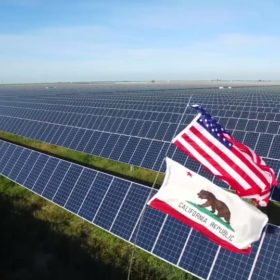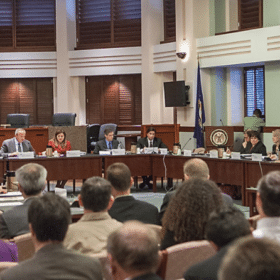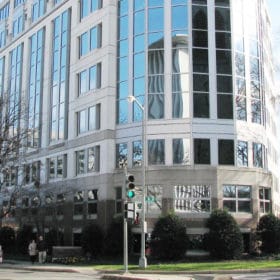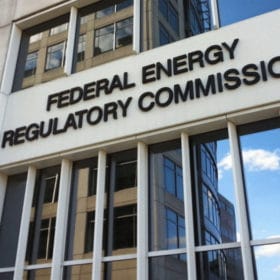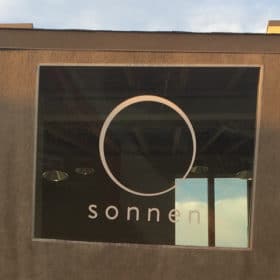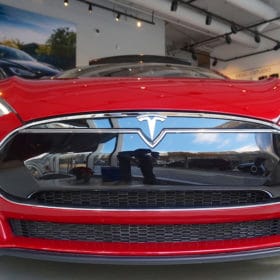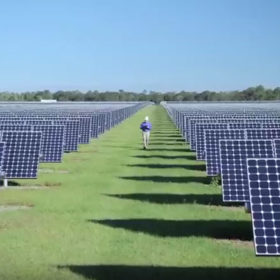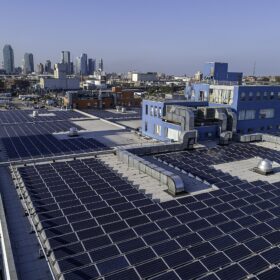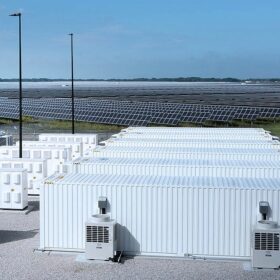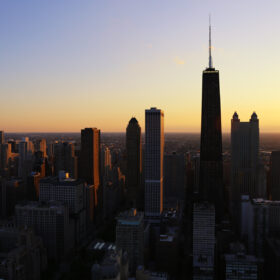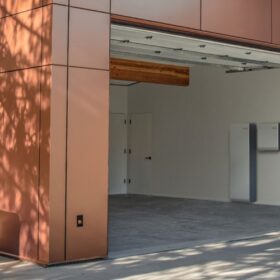California greenhouse gas emissions fall as renewables boom (w/ charts)
Data from California’s grid operator shows an ongoing decline in gas generation and imports as solar and other forms of renewable energy boom.
ITC hearing coverage part 1: Suniva, SolarWorld double down on trade proposals
As the first half of the Section 201 remedy hearing comes to a close, Suniva and SolarWorld have made a case for a combination of tariffs and either quotas or a 74-cent minimum module price, and foreign governments have sought exemptions.
ITC hearing coverage part 2: Don’t harm the U.S. market to save a few companies
As the second part of today’s marathon hearing, SEIA and its allies made a compelling case against Suniva and SolarWorld’s proposed trade remedies
FERC sets expedited timeline for coal, nuclear bailout
Federal regulators have given an October 23 deadline for testimony under a rule intended to subsidize nuclear and coal plants, a schedule which the solar and wind industries are joined by oil, gas and other public power groups in opposing. This could be the beginning of a long fight.
From the editor: Playing with fire
The latest proposals by Suniva and SolarWorld for trade relief under the Section 201 process are dangerous and unreasonable.
sonnen to build microgrids in Puerto Rico
The company has already begun shipping energy storage systems to Puerto Rico, and hopes to have the first microgrids up and running in a month’s time.
SEIA: SolarWorld, Suniva tariff proposals violate Section 201 rules
In its pre-hearing brief to the U.S. ITC, the national solar industry association argues that even the reduced tariff levels that SolarWorld and Suniva are asking for are in excess of what is allowed under Section 201.
Tesla resolves Justice Department inquiry for $29.5 million
A 5-year investigation regarding claims that SolarCity inflated the value of PV systems to game a federal cash grant program has finally been put to rest.
Suniva, SolarWorld offer revised proposals for trade action
The two companies are now asking for lower tariffs than in Suniva’s initial proposal. Suniva is still asking for a steep minimum price, while SolarWorld is requesting import quotas.
Tampa Electric proposes building 600 MW of solar PV
If approved, this will allow the utility to source 6% of its electricity from solar

